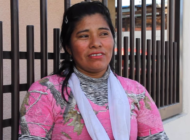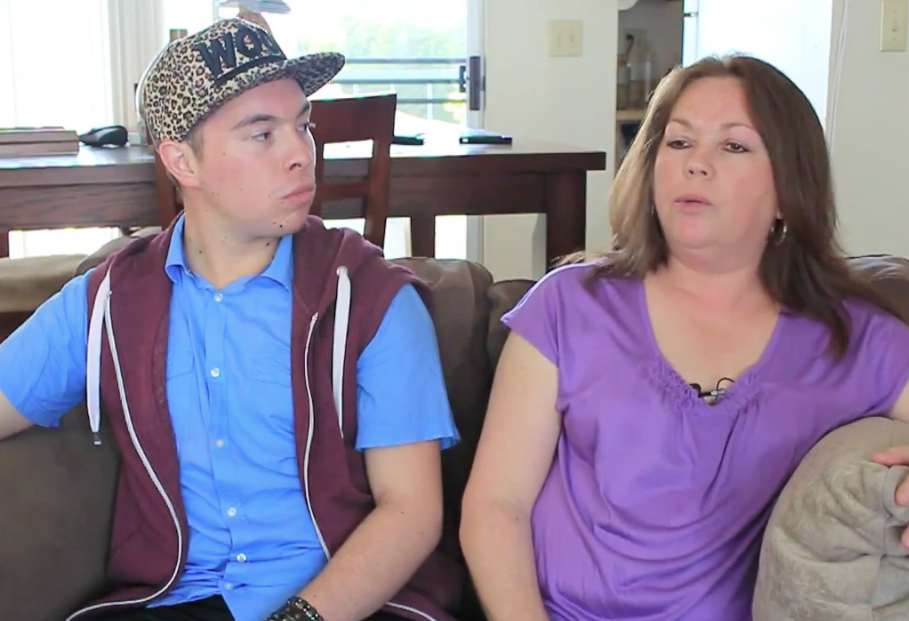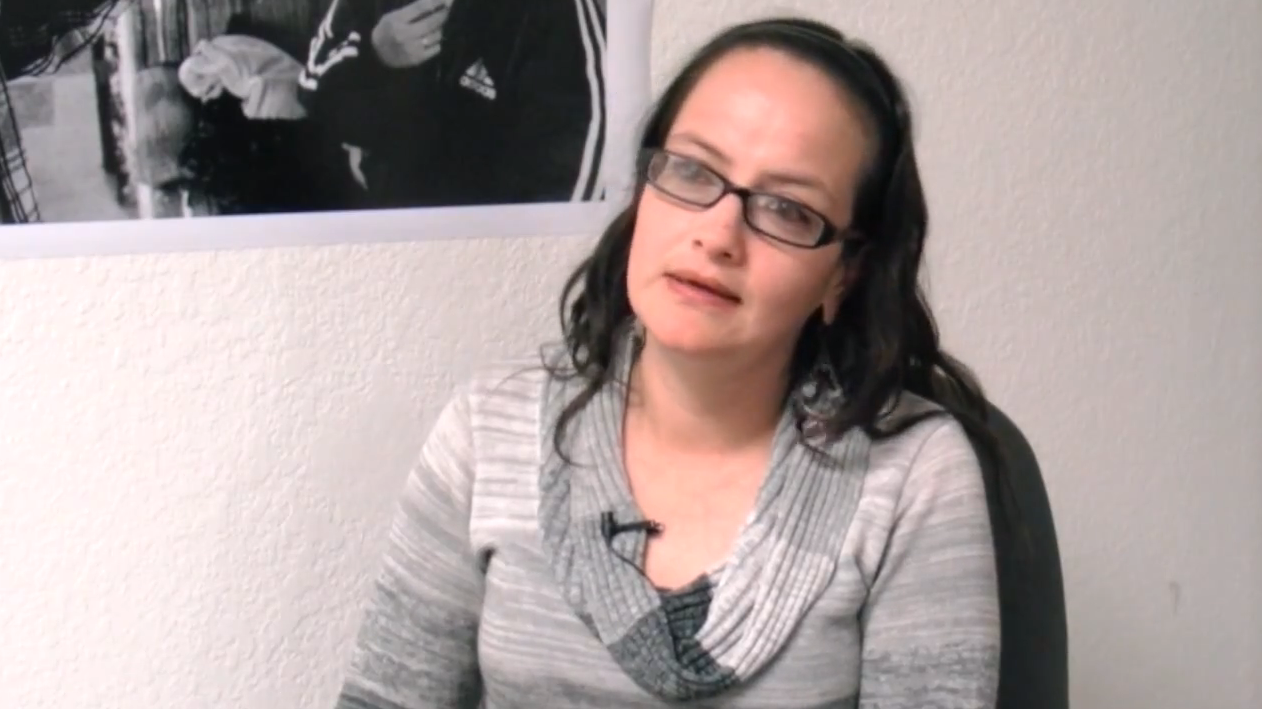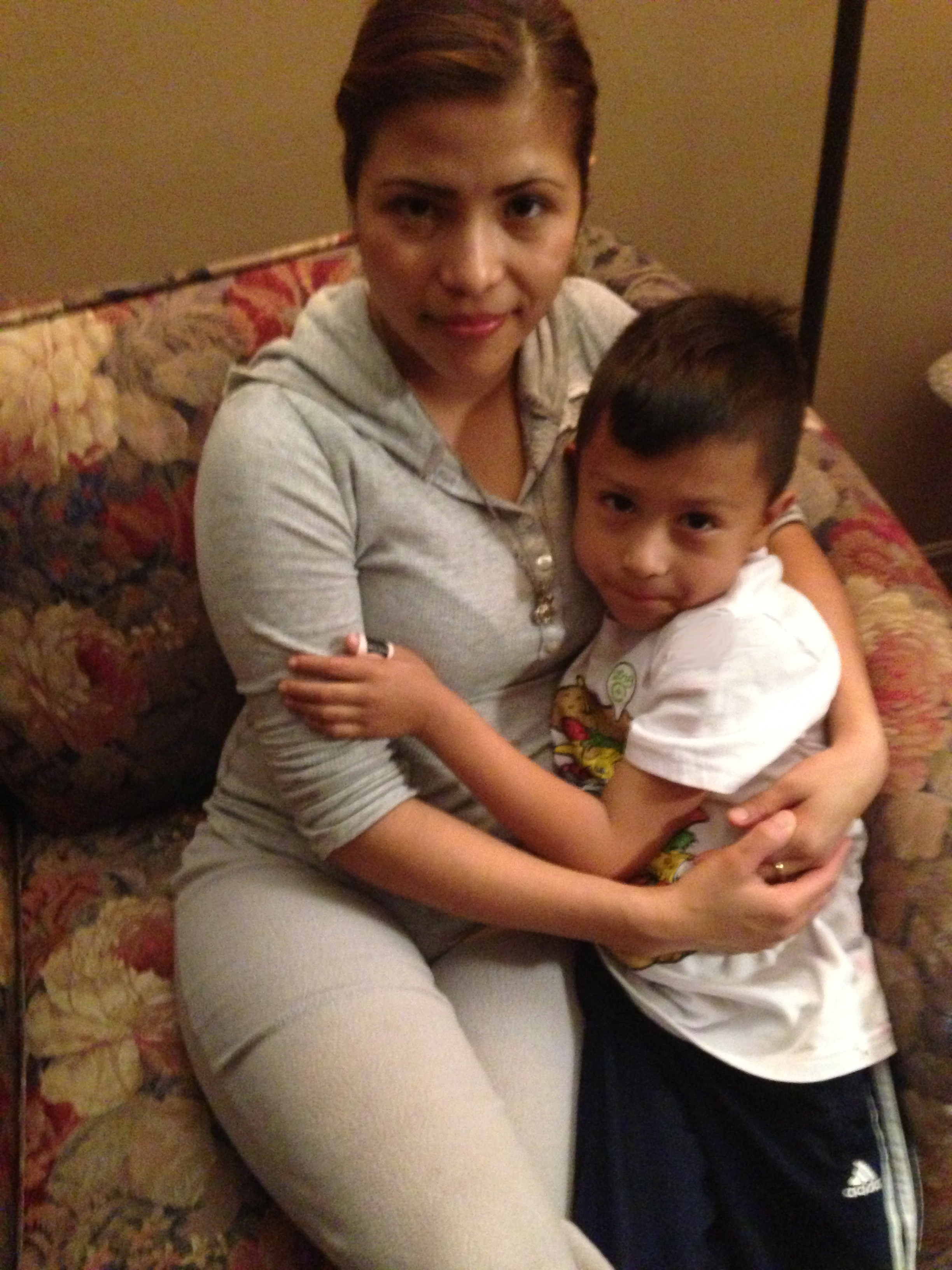Media can be used today as a tool to deliver a message about a global issue.
By DENA BETANCOURT
EL NUEVO SOL
After years of working on and writing about the subject of human trafficking, journalist and documentary filmmaker Chelo Alvarez-Stehle has used media as a way to communicate and bring awareness on the issue.
As a child, she had always been outraged at the condition of women and the superiority of men over women. She realized later on this was the reason why she became very involved. “Women are so vulnerable in the face of men’s sexuality and their needs in general,” she said.
Stehle was a witness of an event that happened close to her but not to her. She did not give much detail but said her “wound” influenced her early in her life on a large scale. Stehle later realized that was the driving force in her that was outraged, touched, and hurt in her. She felt the need to heal that wound by helping other women heal their wounds.
According to Kevin Bales’ Free Slaves, it is estimated that more than 27 million people are currently in modern day slavery.
Trafficking in Persons Report states 800,000 people are trafficked across international borders.
According to the Assessment of U.S. Government Activities to Combat Trafficking in Persons, 70% of females who are trafficked are trafficked into the commercial sex industry. The other 30% are victims of forced labor.
Two years ago, Stehle began working on a project called Sands of Silence. She had already worked on previous documentaries including Sold In America, a film that follows the life of María Suarez who was once a victim of human trafficking but now is an advocate for the issue.
One of the main subjects on the film is Virginia Isaias, a victim of human trafficking. Isaias and her daughter were abducted by traffickers on a trip to Mexico. She was forced to prostitute herself. Three months later, she managed to escape.

Panelists discussing Virginia Isaias' time during her captivity in Mexico Photo by Dena Betanourt /ENS
During a human trafficking event, Isaias explained how becoming part of society again was a long process. “I have never met a woman who has suffered as much as me,” she said. “my purpose here is for people to love me for who I am and not what I went though.”
The Human Trafficking in California Final Report states “law defines trafficking in persons as the reruitment, harboring transportation, provision, or obtaining of a person for labor or services through the use of force, fraud, coercion, for the purpose of involuntary servitude, peonage, debt bondage, or slavery, or sex trafficking in which a commercial sex act is induced by force, fraud, or coercio, or in which the person induced to perform such act has not attained 18 years of age.”
Stehle began focusing more on sex trafficking in Nepal. She took some time to work with and interview many of the girls. She explained that sex trafficking between India and Nepal is a current issue among the population. In Nepal, the necessity for money has made many families send their girls to another city and look for a job.
“There was like a current, like a trend, in rural areas in Nepal where certain people started going to villages and remote hamlets to talk to the parents into letting them take their girl and bring them to the big cities,” she said.
Some of those areas included India, Bombay, Mumbai, or Kolkatta. The traffickers would claim to find jobs for them so the women would be able to send money back to their families. That was not the true case.
“In some cases, [some families] kind of guessed something like that was happening,” she said. After a few years, the girls would come visit their home. Some, who succeeded in the business after being exploited as sex slaves, became madams in the brothels because some knew they could never go back to their families. “[The girls] thought ‘so I can’t do anything against the system, so I’m going to join the system,” she said.
Some of the girls that became madams would visit their families and come with a large amount of money to try and recruit other girls. “ They would come and invite them to the big city, thus you have a repetitive cycle,” she said.
Stehle has been in the red light districts of these areas in the big cities. She said many of the brothels with Nepalese girls are popular in India because of their lighter skin. The demand also asks for younger girls and sometimes even those who are virgins.
Stehle said sometimes the girls would try to escape through the sewage but then be apprehended by police and brought back to the brothel owners because of the corruption going on with law enforcement. The brothel keepers would bribe the police. “There was no escape for the girls,” she said.
Girls who became ill were not wanted anymore and were sent off into the streets. “ Some die on the streets,” she said. “When they come back to their countries, they cannot reintegrate into society.”
When Stehle later came back home to the states, she began researching what was going on with human trafficking in the US. She found close similairties between Asia, Mexico, and Central America.

Children at the Carecen Center displayed artwork presenting the 13th Amendment ending slavery Photo By Dena Betancourt
As far as developing country family culture goes, “women would not be accepted if they would be stained by sleeping with a man who is not their husband,” said Stehle. “The moment when even a girl is rapped, like in Mexico or Central America, its considered dirty and the families don’t accept them-much less the women that are being trafficked and exploited in prostitution.”
Stehle explained the girls who managed to escape usually have two options. “Either go back to the business they know, or be sheltered by a NGO.”
Non-government organizations are an important resource for human trafficking victims and activists who are trying to rescue them. The Coalition to Abolish Slavery and Trafficking (CAST), a non-government organization, has coordinated with Stehle at many events before. The NGO does legal services and social services for survivors of human trafficking.
“We focus exclusively on the issue of human trafficking,” said Vanessa Lanza, Outreach Program Coordinator for CAST. “ We are working with five NGOs in Mexico to provide technical assistance and training so they know how to respond to local cases.”
Lanza said that 22% of their clients last year came from Mexico: “An even greater percentage are from Central America or south America (…) We had to increase our partnership in Latin America.”
Lanza said that when victims do reach them through their hotline, they first see what the victim’s legal needs are as well as physical needs such as medical attention. Many of the the victims who do manage to escape are left psychologically and physically distorted.
Lanza said many of the victims fear to come forward because they fear law enforcement or deportation. “We want to be clear that we are not law enforcement” said Lanza. “If someone comes to us we do not automatically contact law enforcement.
“Finally now we have been realizing in the past ten years that a majority of the young kids that are trapped into prostitution are really victims of human trafficking.” (Chelo Alvarez-Stehle)
“The US has much more resources of course, but NGOs continue to push both the federal and state government to pass bills to give more protection, more services, and more shelter for the victims,” Stehle said.
Stehle can’t stress enough about law enforcement being trained more to recognize victims of human trafficking and open the mind of the legislators.
A closer look at the issues at the Mexican border integrates human trafficking, migration, and globalization.
Stehle said globalization is a huge factor since the US manages to attract people from other countries that want to come to the states as the US sells their goods to them, but at the same time refuse any immigrants to come to the US.
Stehle said just like the demand of drugs in the US, human trafficking is also on high demand in the states.
Recent tougher laws in the border have not necessarily affected the issue of human trafficking, in Stehle’s opinion. “Of course globalization is happening and of course migration is going to happen,” she said. “So what is the fence? A stupid band aid that is not doing anything except getting people closer to the desert and more people dying in the desert. Why? Because migration is unstoppable.”
The influence of those laws are also influencing sex trafficking. “They make migration illegal underground, push it further underground, and then the girls and boys that are subject to trafficking are even more underground and we cannot reach them,” she said. “ How can they get the help and resources they need to either go back to their countries or reintegrate here?”
Stehle hopes her documentary film and work will reach people and deliver a message to them about what is currently going on in their society. “I use media to convey a message and to create awareness on human rights abuse-specifically human trafficking.”
Tags: Chelo Alvarez Chelo Alvarez- Stehle children Dena Betancourt Derechos Humanos Documentales Documentaries Human Rights human trafficking Nepal New Media niños nuevos medios sex trafficking tráfico humano




















